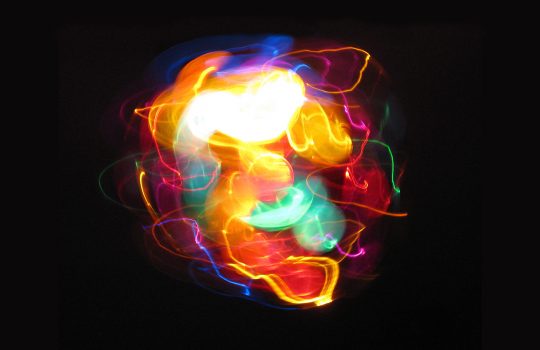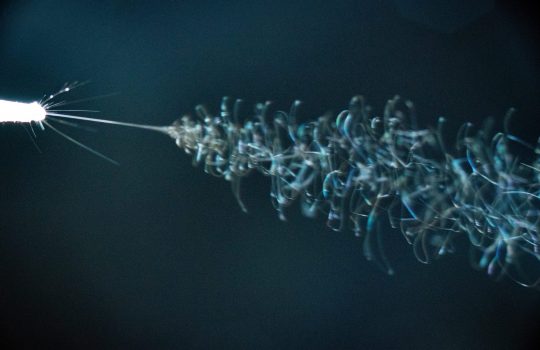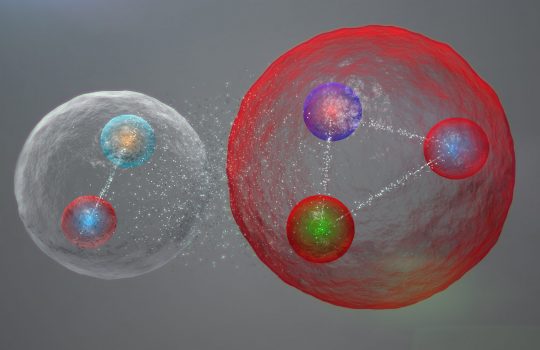A collision of light
One of the latest discoveries from the LHC takes the properties of photons beyond what your electrodynamics teacher will tell you in class. For most of the year, the LHC collides protons, but for about a month each fall, the LHC switches things up and collides heavy atomic nuclei, such as lead ions. The main purpose of these lead collisions is to study a hot and dense subatomic fluid called the quark-gluon plasma, which is harder to create in collisions of protons. But these ion runs also enable scientists to turn the LHC into a new type of machine: a photon-photon collider.




